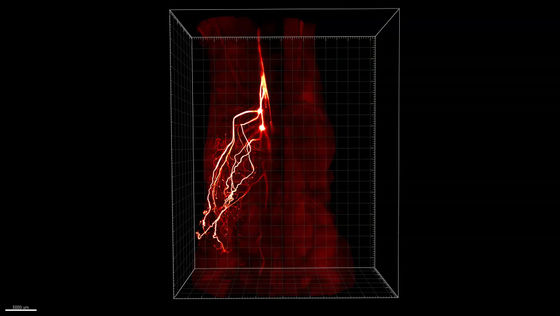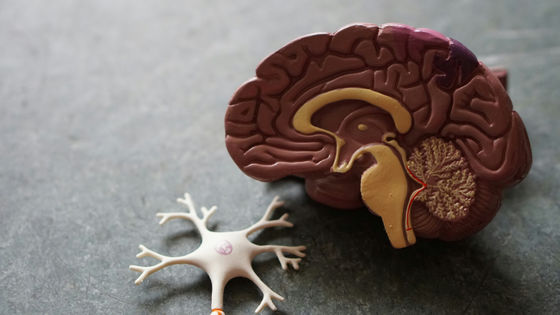Possibility that ``direct line'' from fat cells to the brain promotes obesity, research results that fat is burned when the line is cut

A study to visualize mouse neurons revealed the existence of a neural network between fat and brain. When the researchers cut this connection, the burning of fat in mice was promoted, so it is expected that this research result can be applied to the treatment of metabolic diseases such as obesity and metabolic syndrome in the future.
The role of somatosensory innervation of adipose tissues |
https://doi.org/10.1038/s41586-022-05137-7
Scripps Research scientists eavesdrop on communication between fat and brain |
https://www.scripps.edu/news-and-events/press-room/2022/20220831-ye-fatbrain.html
Mouse study reveals how fat 'talks' directly to the brain, and what that means for weight loss | Live Science
https://www.livescience.com/fat-cells-talk-to-brain
It has long been known that the brain directs the adipose tissue to burn energy through neural networks, but the reverse message from the adipose tissue to the brain is transmitted by hormones released into the blood. The prevailing thought was that there was On the other hand, some researchers have proposed that the sympathetic nerves, which control the `` fight or flight reaction '' when the body is in danger, may be responsible for the exchange between fat and the brain. It was difficult to prove this theory because neurons buried in adipose tissue are difficult to see and stimuli are difficult to transmit.
Therefore, a research team led by Professor Li Ye of the Scripps Research Institute in the United States has developed two methods for visualizing neural networks in adipose tissue. The first is a technique called HYBRiD , which makes the body tissues of mice transparent so that the networks of nerve cells embedded in adipose tissue can be accurately traced. As a result, it turned out that half of the neurons in the fat cells are connected to the sympathetic nervous system, and the other half are connected to the dorsal root ganglion, which connects the end of the body to the spinal cord.

In order to investigate the function of nerve cells in adipose tissue in more detail, the research team used a vector virus called
At this time, the research team paid particular attention to the inguinal white adipose tissue. There are types of fat cells, 'brown fat cells' that burn fat, 'white fat cells' that store fat, and 'beige cells' that white fat cells become like brown fat cells to burn fat. can be divided into three.
When the research team used ROOT to destroy the nerve cells that connect the beige cells and the dorsal root ganglion, the beige cells in the mice increased and more fat was burned. In addition, it was confirmed that the body temperature of the mice increased due to the burning of fat, making them less likely to gain weight.

Professor Ye compares fat to gasoline in a car, explaining that the sympathetic nervous system acts as the gas pedal to burn fat. On the other hand, the fat and brain network found this time is equivalent to the brake pedal. In other words, the temperature rise in mice whose fat and brain networks were disrupted was due to the absence of a brake to stop fat burning.
From this point, Professor Ye commented, ``If you can operate the brake alone or adjust the effectiveness of the accelerator and brake, you may be able to burn more fat.'' The study, which reveals the secret of communication between fat and the brain, may be useful for obese people to lose weight.
Related Posts:
in Science, Posted by log1l_ks







